Hollyhock Sun Requirements Made Simple: Your Guide To Better Blooms
While these cottage garden favorites adore warmth and light, it’s important to get hollyhock sun requirements right. Here’s how to manage hollyhocks over summer
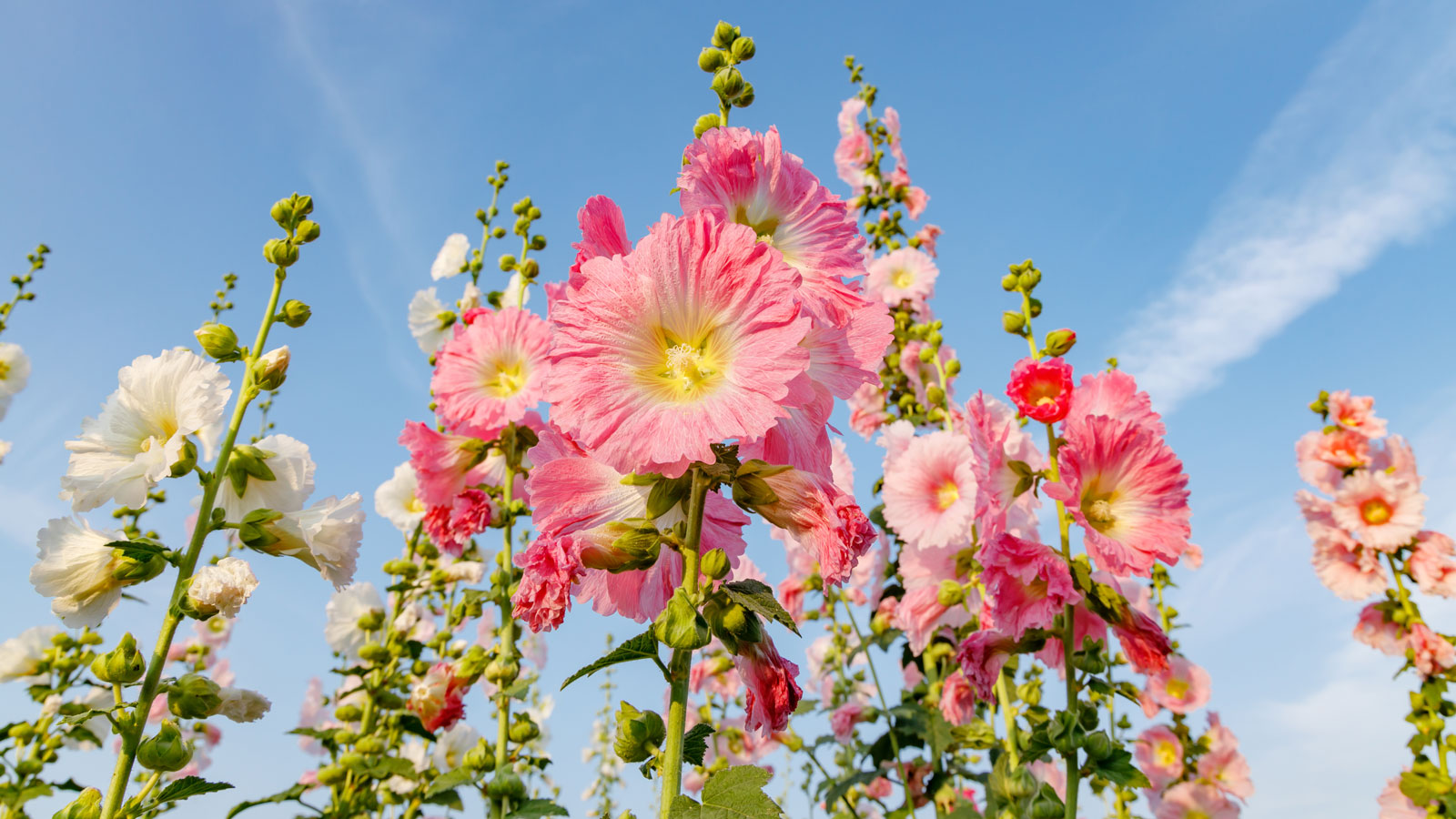

A pretty staple in the cottage garden, hollyhocks are beloved for both their hardiness and old-fashioned charm. Though most experienced growers would consider this biennial easy to cultivate, understanding how to grow hollyhocks is essential if you want to produce the best blooms possible. Among these needs, determining hollyhock sun requirements is key. But how much sunlight do hollyhocks need?
Do Hollyhocks Need Sun or Shade?
Should you give a hollyhock sun or shade? The answer to this question, of course, varies from one garden to the next. Ideally, hollyhocks should receive full sun, which means at least six-eight hours of direct light each day. However, there are some exceptions to this rule. This is especially true in regions that experience extreme heat or periods of drought in summer.
Partial shade through the afternoon, can help to diminish stress on hollyhocks and may even help conserve water where conditions are harsh. However, though they are partially shade-tolerant under certain conditions, excess shade can be detrimental to their overall health. It can lead to yellowing of foliage, lankiness and loss of vigor. Hollyhock plants that do not receive enough sun may also demonstrate stunted growth or poor bud set. So it’s a fine balance to keep these cottage garden plants truly happy and looking at their best.
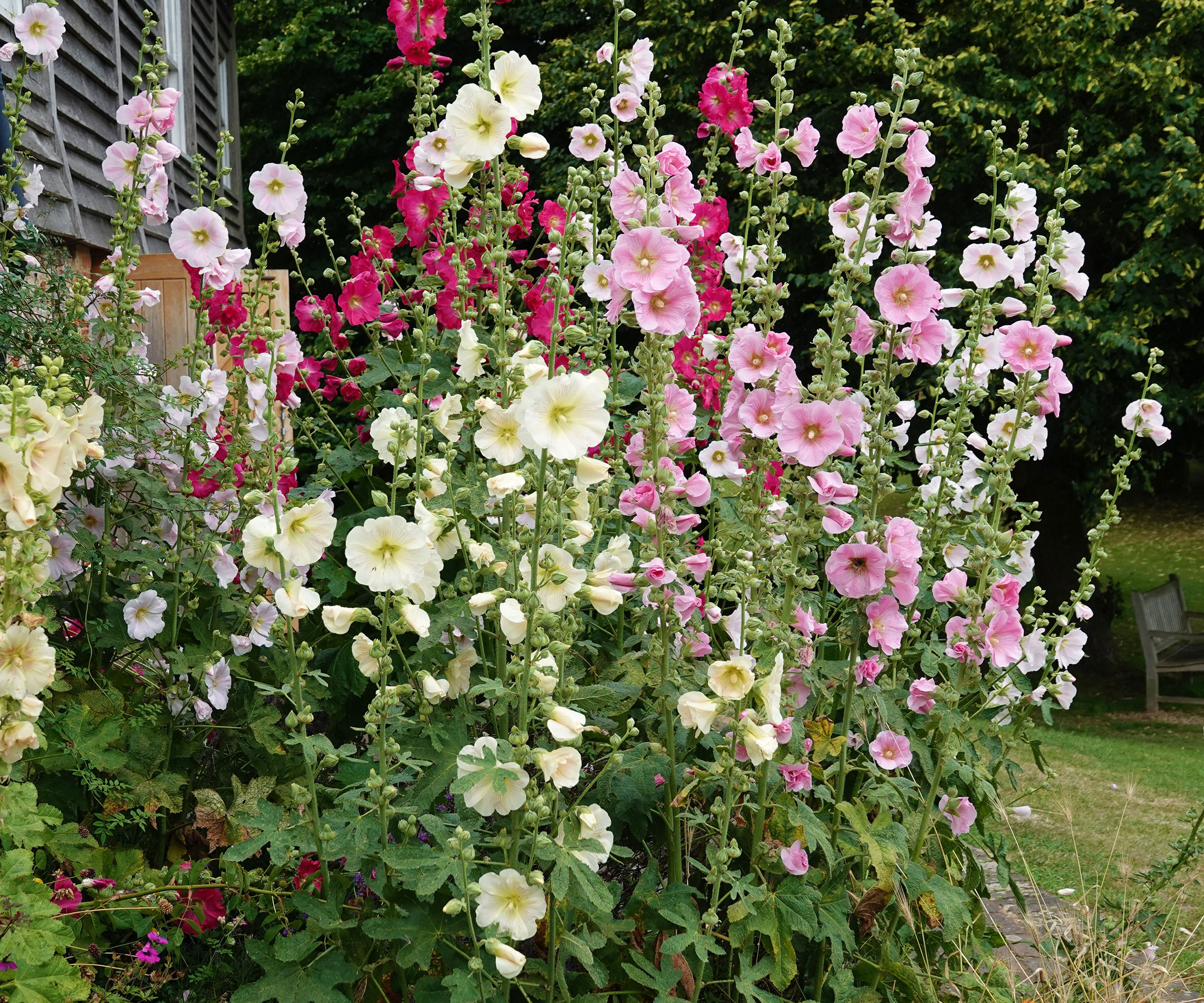
Can Hollyhocks Get Too Much Sun?
Though sun requirements for hollyhocks dictate ample sunlight, it’s possible for the plant to receive too much of a good thing. Just as it is possible to feed hollyhocks too much, it is also possible to go over the top with sunshine. Giving a hollyhock sun isn’t something that can be done indiscriminately, because it can lead to overexposure.
Overexposure to the sun is most likely to occur when hollyhock seedlings are young or when light levels are particularly intense and cause sunburn, scald or leaf scorch. These problems manifest in a sudden change in the appearance of the plant’s foliage in which leaves begin to turn white, yellow, or brown. Fortunately, most damage can be prevented by covering vulnerable plants with shade cloth or similar materials throughout the day.
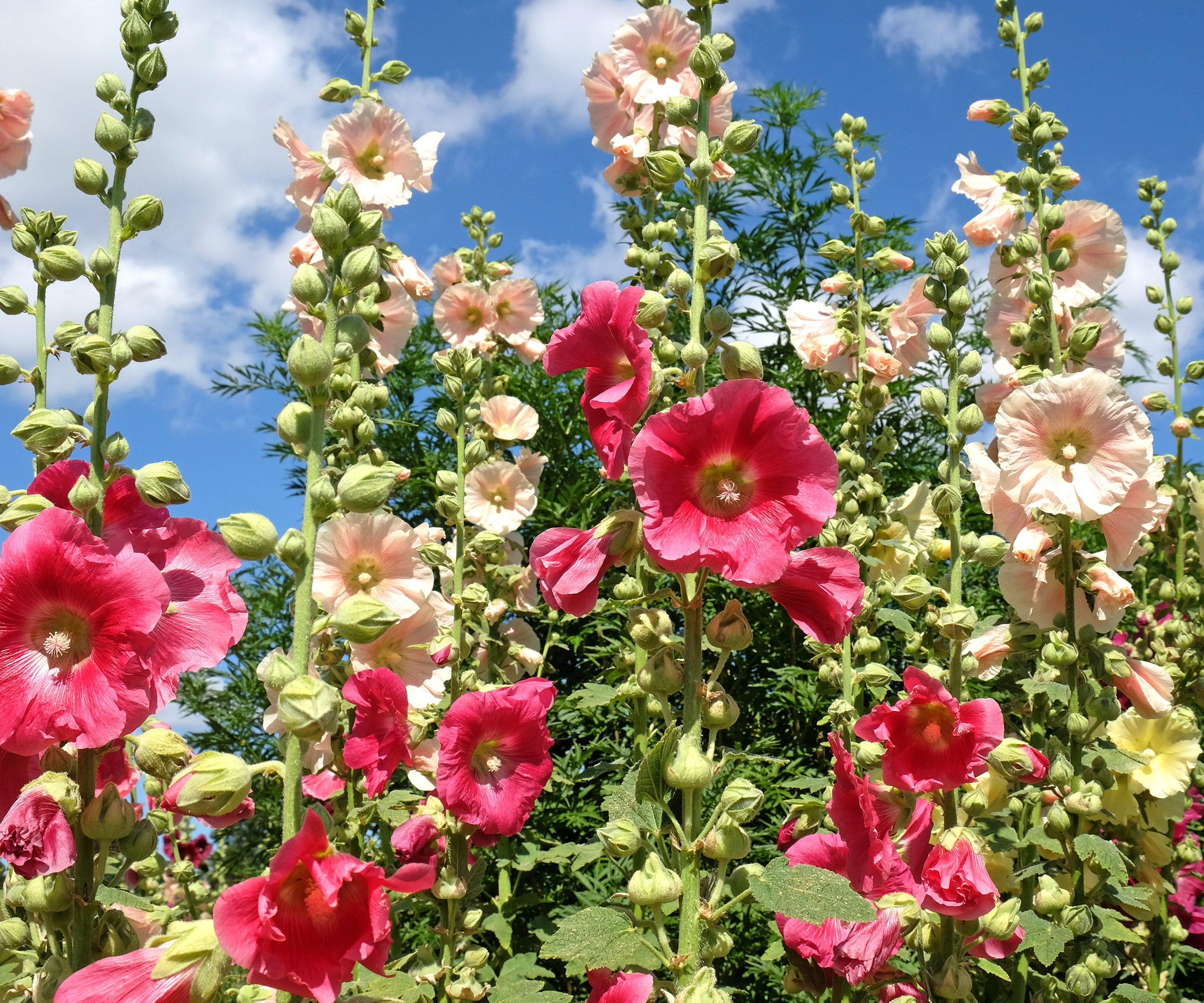
How to Boost Light Levels for Hollyhocks
Hollyhocks aren’t well-suited to growing indoors, so if you are lacking ample sun you may be left with only a few options. If adequate light conditions aren’t available, you may wish to try using supplemental light.
Look for hollyhock species that are best able to tolerate shade. Consult with your local garden center or extension service for which types grow best in your area. Also consider positioning hollyhock beds near structures or highly reflective surfaces, where indirect light may be intensified.
Gardening tips, videos, info and more delivered right to your inbox!
Sign up for the Gardening Know How newsletter today and receive a free copy of our e-book "How to Grow Delicious Tomatoes".
Growing hollyhock plants in pots is possible, though difficult. If you decide to attempt growing these plants in pots, especially as part of warm climate containers, there are a few things to consider alongside hollyhock sun requirements. Take special note of your container’s depth, and plan to provide the required support for mature specimens.
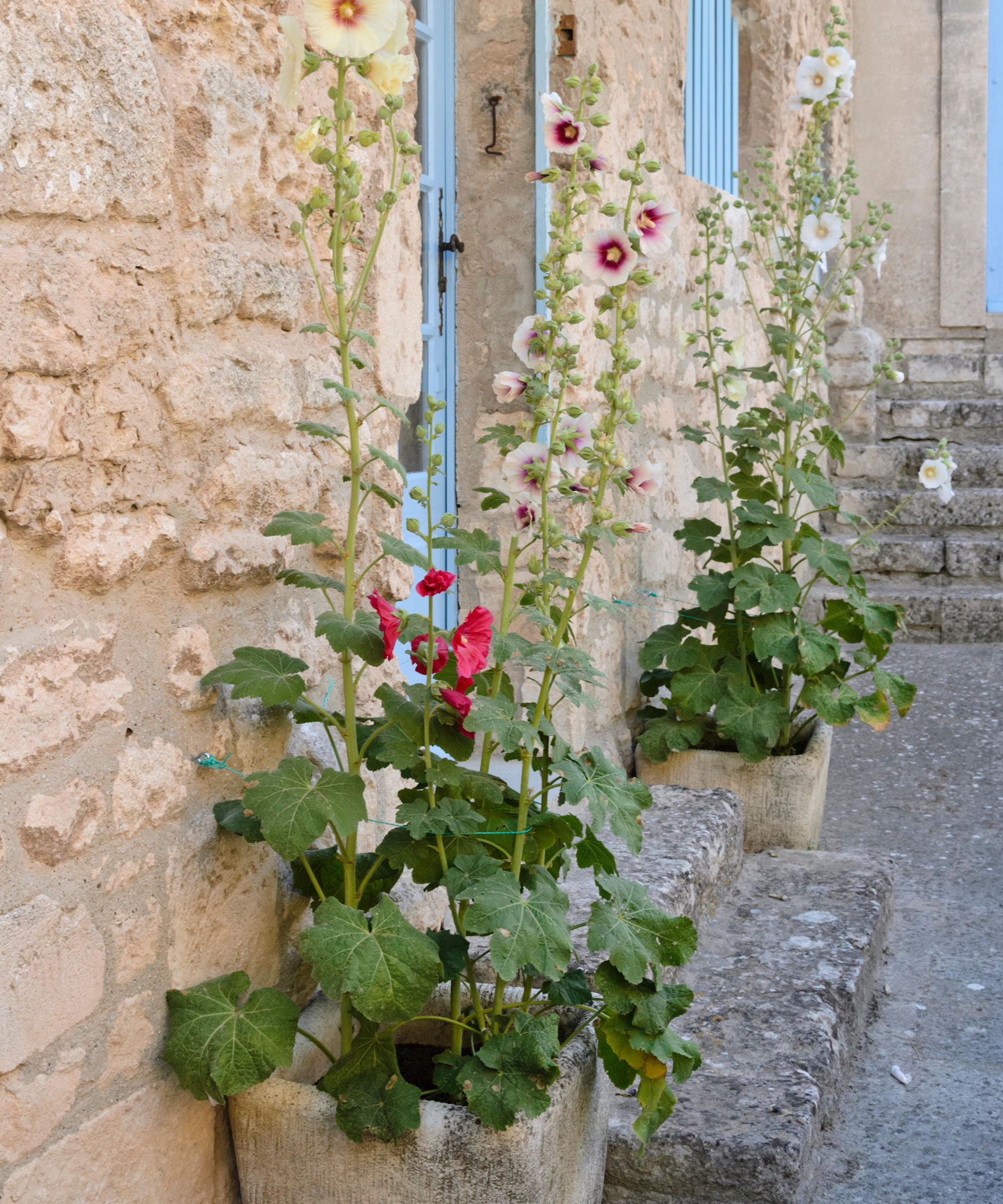
Frequently Asked Questions
Will Hollyhocks Bloom in Shade?
Sunlight plays a vital role in hollyhock plant health and the production of flowers. Excess shade can greatly diminish their flower set, resulting in smaller blooms and poor yields. In severe cases, stunting or deformed buds may also occur.
Where do Hollyhocks Grow Best?
Though hollyhock plants can benefit from brief periods of shade throughout the hottest parts of the day, they grow best where they can receive full sun. Rich, well-draining beds are ideal, and easily meet the plants’ nutrient needs. Positioning them near fences or other structures can further contribute to the plants’ well being, while also serving as a much-needed support.

Tonya Barnett has been gardening for 13 years. Flowers are her passion. She has transformed her backyard into a cut flower garden, which she regularly chronicles on her YouTube channel http://www.youtube.com/@tonyawiththeflowers.
-
 Looking For Plants To Give You The Soft And Fuzzies? Try These 5 Fuzzy Leaf Plant Options
Looking For Plants To Give You The Soft And Fuzzies? Try These 5 Fuzzy Leaf Plant OptionsLovers of texture, drama, silver foliage and tactile plants will adore these special sensory garden additions. These fuzzy leaf plant options will leave you all aglow
By Susan Albert
-
 Get Ready For A Summer Of Hummers! Grow These Full Sun Hummingbird Plants and Flowers
Get Ready For A Summer Of Hummers! Grow These Full Sun Hummingbird Plants and FlowersIf you’re lucky enough to enjoy a sunny backyard, make sure you are maxing out on your pollinator opportunities and grow these full sun hummingbird plants and flowers
By Tonya Barnett
-
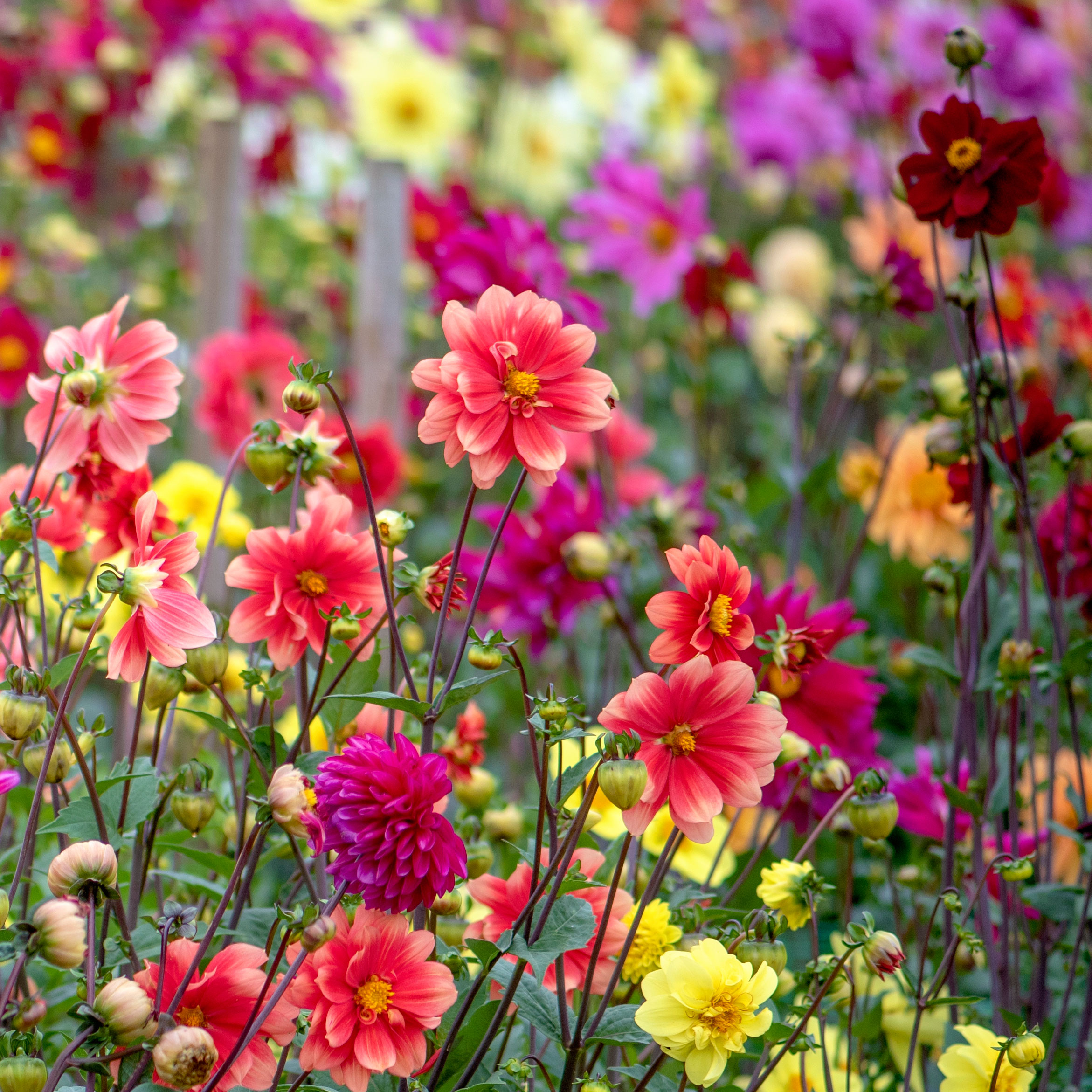 Cut Flower Garden For Beginners: 8 Easy Decorative Floral Plants For Newbies To Grow
Cut Flower Garden For Beginners: 8 Easy Decorative Floral Plants For Newbies To GrowAre you new to growing decorative florals for bouquets and ornamental displays? A cut flower garden for beginners is well within reach if you grow these flower seeds
By Tonya Barnett
-
 Spectacular Early Blooming Shrubs: 6 Sparkling Spring Flowering Bushes
Spectacular Early Blooming Shrubs: 6 Sparkling Spring Flowering BushesWant to kickstart your gardening year with dazzling spring flowering bushes for beds and borders? These unique early bloomers are sure to help you rise and shine!
By Teo Spengler
-
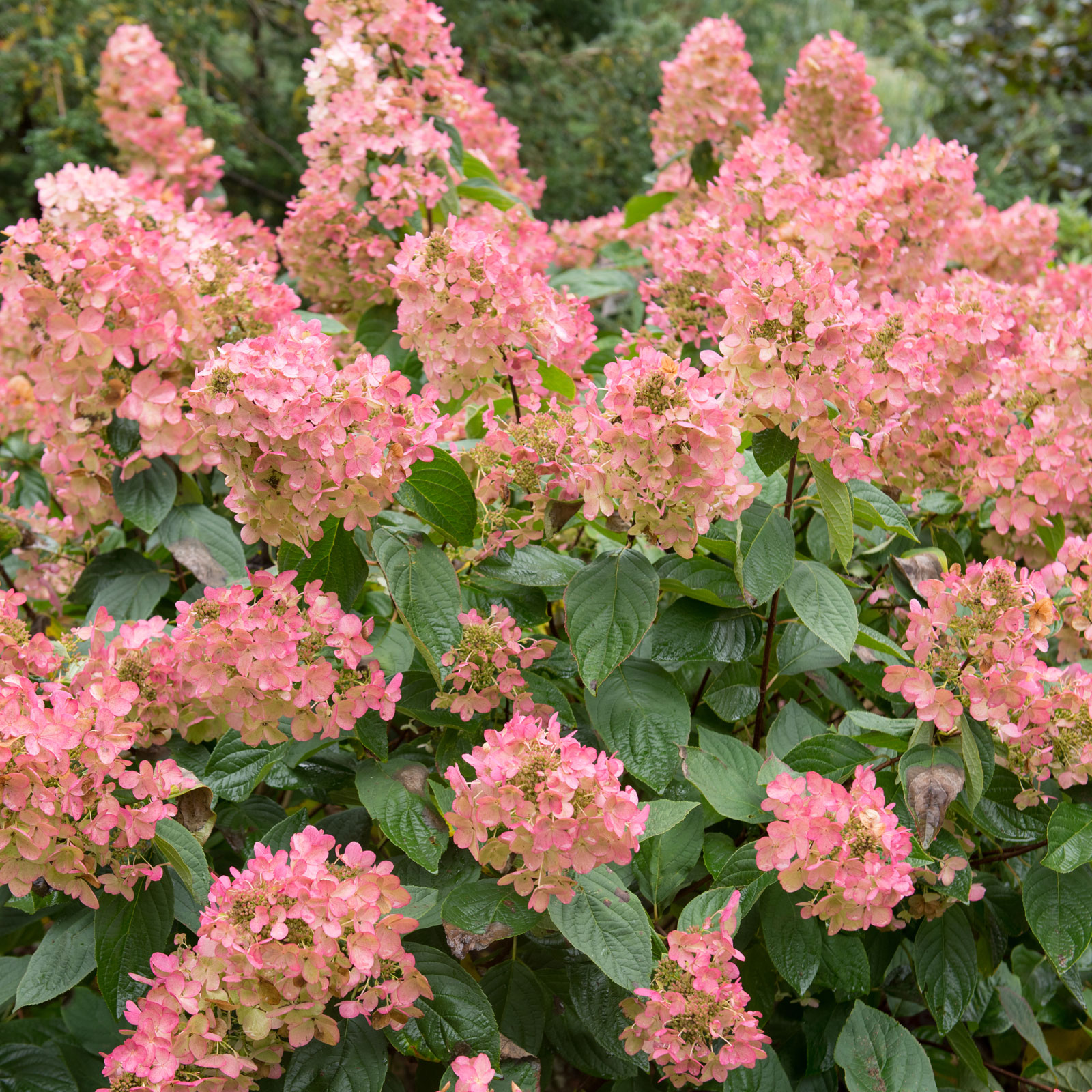 Quick Fire Hydrangea – The Elegant, Easy-Care Shrub Every Gardener Needs In Their Landscape
Quick Fire Hydrangea – The Elegant, Easy-Care Shrub Every Gardener Needs In Their LandscapeIf you’re after an early flowering panicle hydrangea that offers plenty of floral variety, the Quick Fire hydrangea goes big on visual dynamics from early summer to fall
By Tonya Barnett
-
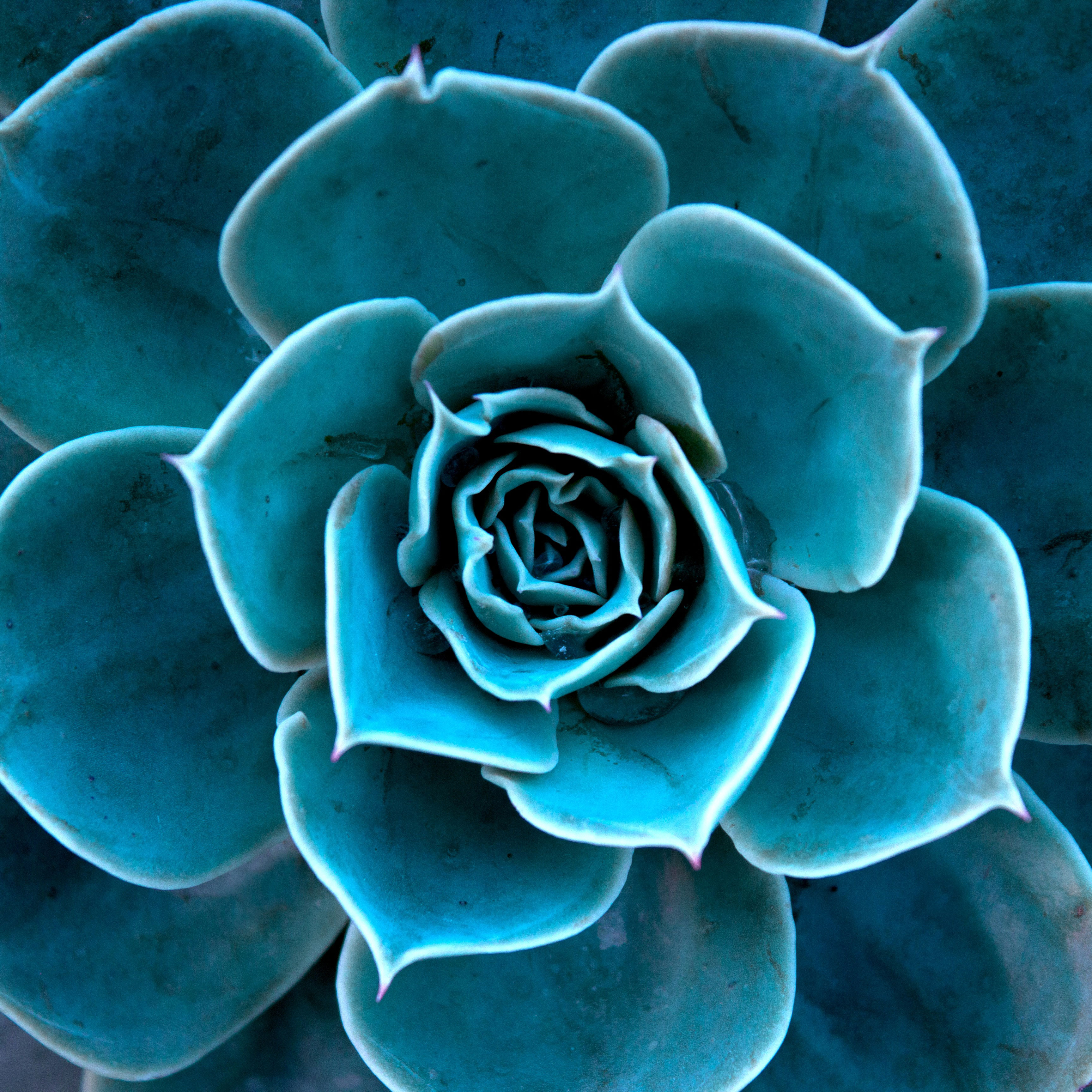 Time For Teal: 7 Terrific Teal Plants To Grow In Your Home Garden
Time For Teal: 7 Terrific Teal Plants To Grow In Your Home GardenIt’s an emerging color with a devoted following in fashion and interiors, but can you enjoy blue-greens in your garden? We round up the best teal plants you can grow
By Tonya Barnett
-
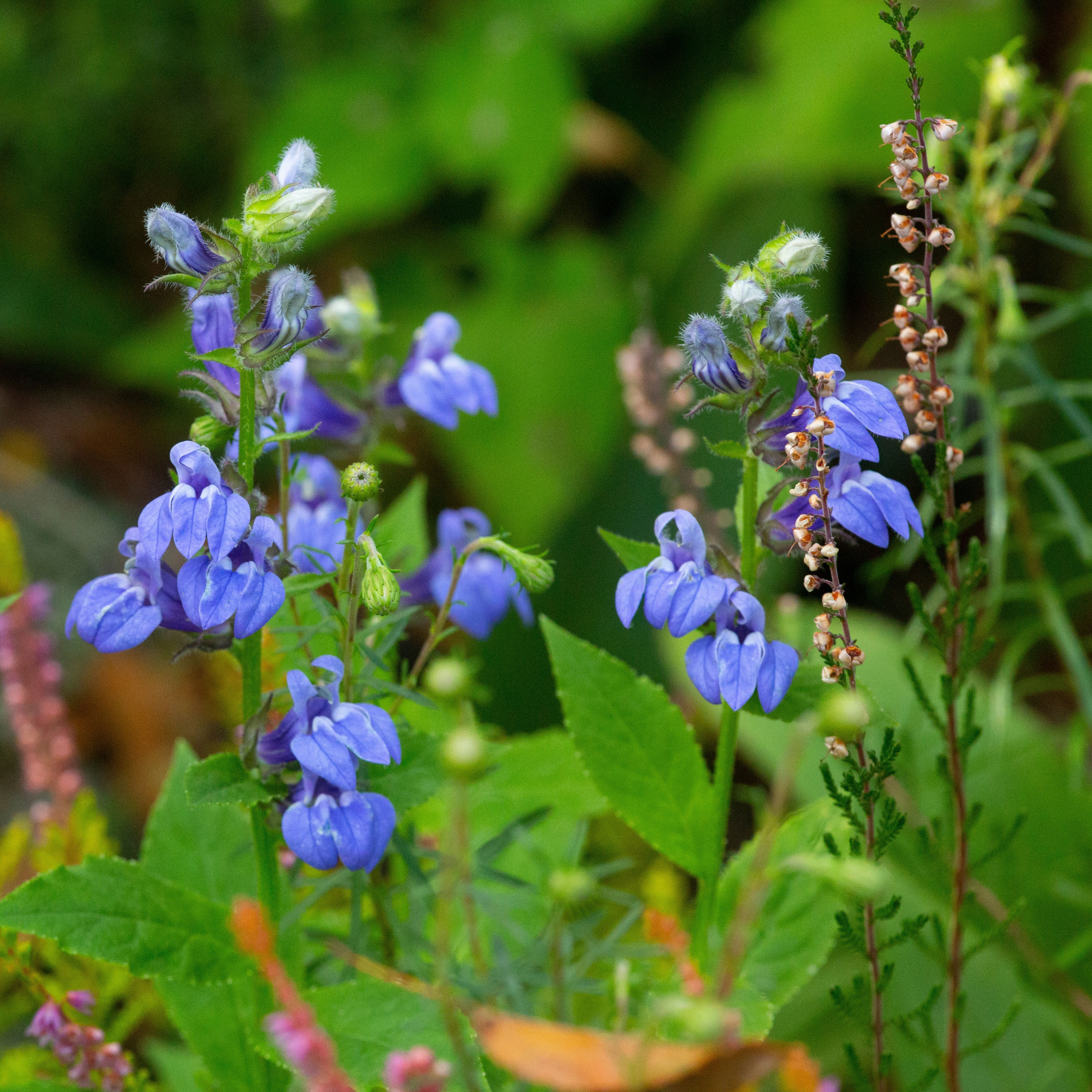 Grow Great Blue Lobelia: Native Blue Cardinal Flowers For Butterflies And Hummingbirds
Grow Great Blue Lobelia: Native Blue Cardinal Flowers For Butterflies And HummingbirdsIf you’re keen to enhance your native plants or attract more pollinators, blue cardinal flowers are an essential flowering perennial. Here’s how to grow great blue lobelia
By Tonya Barnett
-
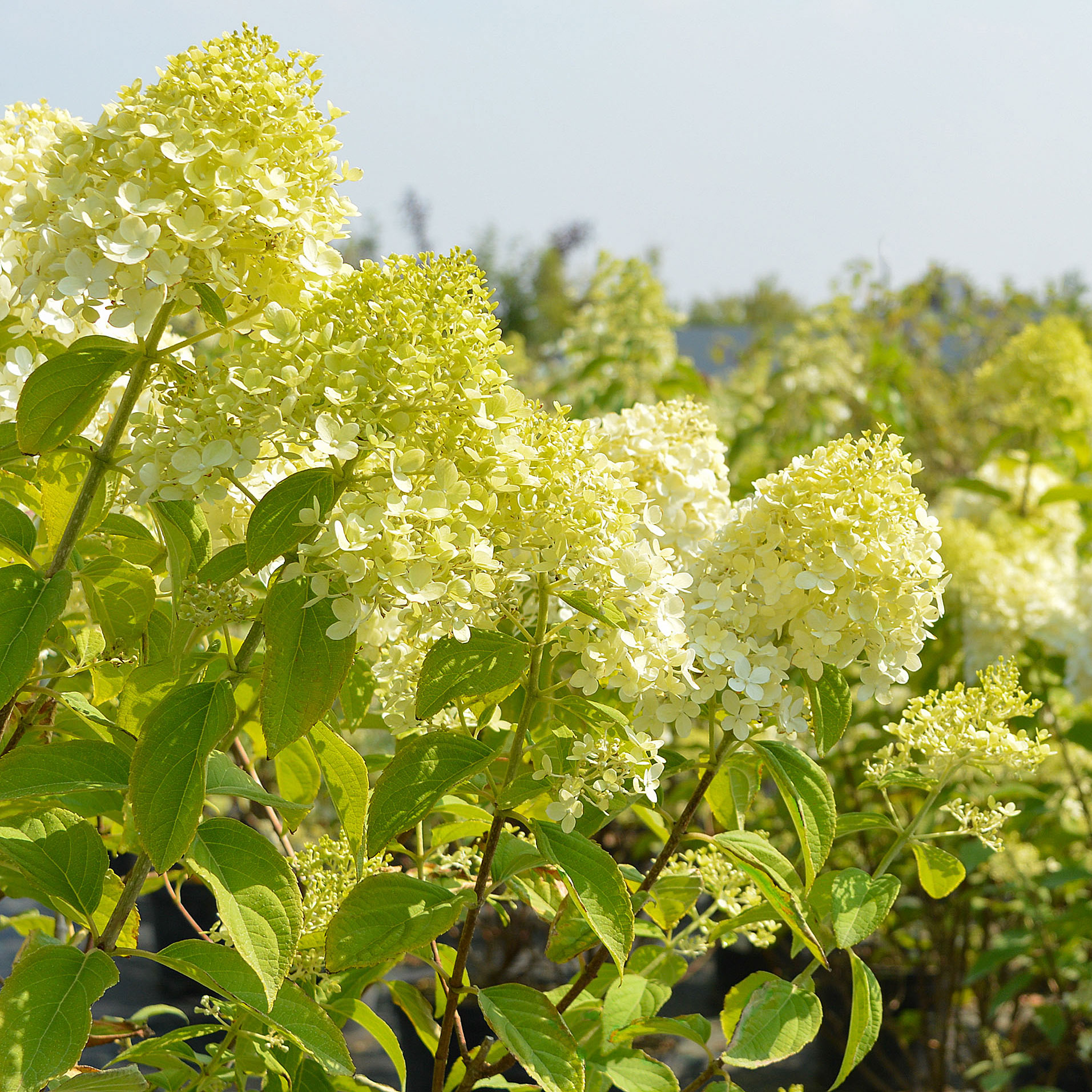 Grow Limelight Hydrangea Shrubs For Green Themed Displays And Brilliant Borders
Grow Limelight Hydrangea Shrubs For Green Themed Displays And Brilliant BordersIf you're a panicle hydrangea lover in search of flamboyant, long-lasting florals, knowing how to grow Limelight hydrangea shrubs will ensure gorgeous green blooms
By Mary Ellen Ellis
-
 Warm Up Your Winter With Indoor Reds! 8 Red Amaryllis Varieties For Sizzling Seasonal Interest
Warm Up Your Winter With Indoor Reds! 8 Red Amaryllis Varieties For Sizzling Seasonal InterestWell loved as a bold decorative holiday bloomer, the red amaryllis is a hot favorite for winter displays. These red amaryllis varieties are guaranteed to fire up the season
By Tonya Barnett
-
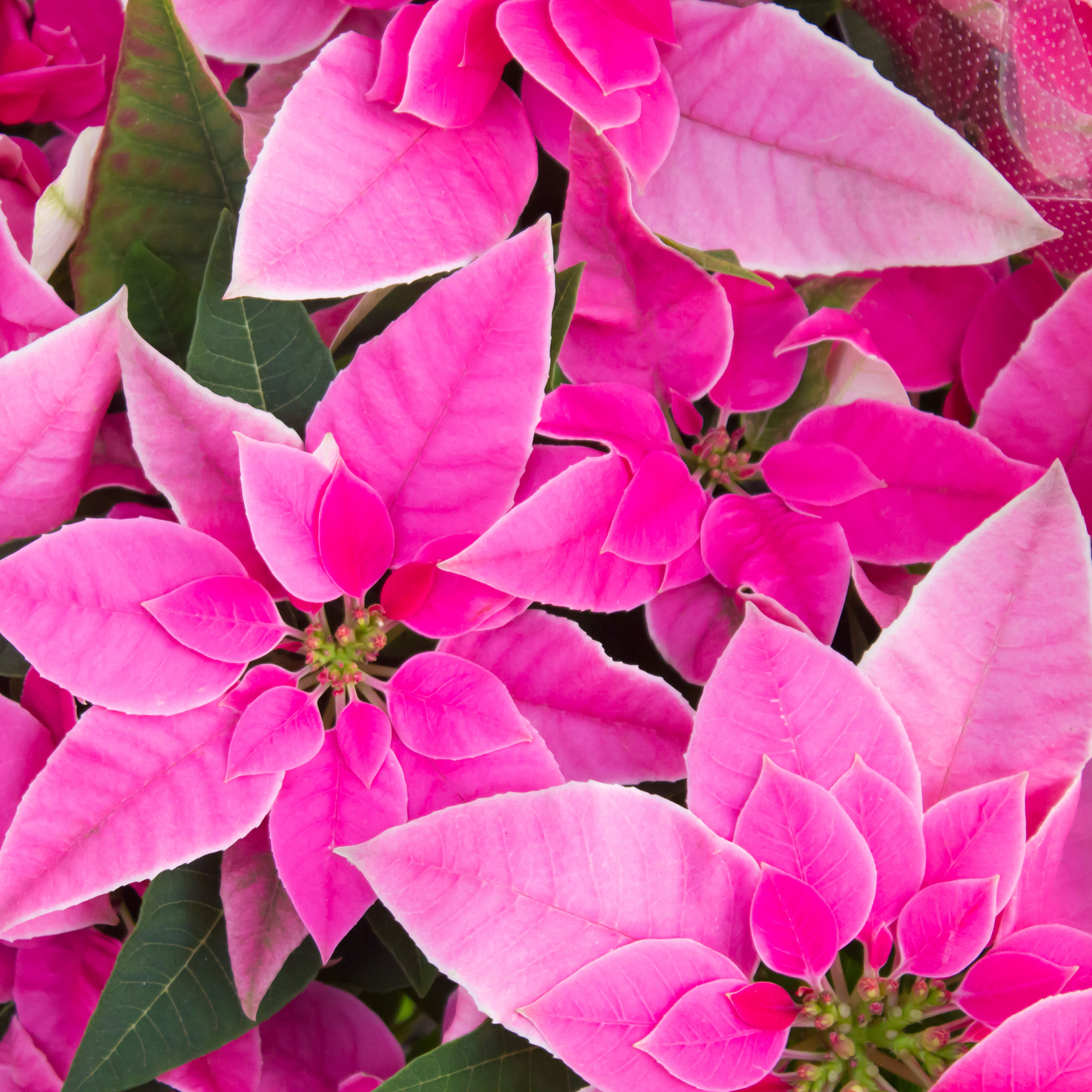 Poinsettia Pinks: 7 Pink Poinsettias To Grow For Neon Hot Tones And Cool Pretty Pastels
Poinsettia Pinks: 7 Pink Poinsettias To Grow For Neon Hot Tones And Cool Pretty PastelsWhile the traditional red poinsettia is a staple of many homes over the holiday period, they are not your only option. For cheerful brights or pastels, why not grow pink poinsettias?
By Tonya Barnett